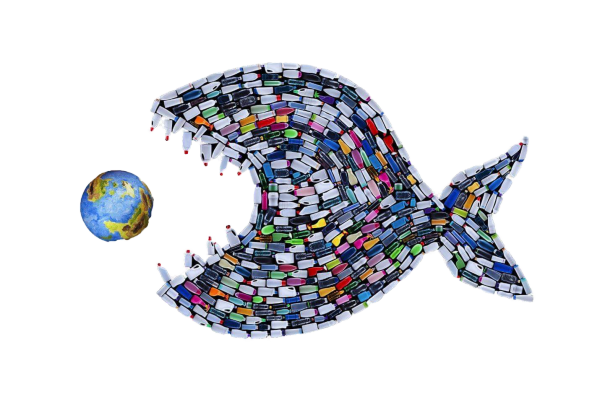A little bit of information about seahorses. The photo is of a Hippocampus Hippocampus the short-snouted seahorse.

Scientist claim there is 54 species of small marine fishes we know as seahorses ( Hippocampus ). Yes, they are fish, they are close relatives to the pipefish family. Seahorses can range from 1.5 cm to 35.5 cm in length. They are named because of their appearance with its bent neck and long snouted head followed by their distinctive trunk and tail. They are bony fish, but don’t have scales, they have a thin skin stretched over a series of bony plates.
Seahorses swim upright were as the their relative the pipefish swim horizontally. They are adept at camouflage and very difficult to spot.
Seahorses swim very poorly, the slowest-moving fish in the world is the dwarf seahorse, with a massive top speed of about 1.5 Mt per hour. Since they are so poor at swimming they are usually found resting with their tails wound around a stationary object. Their eyes can move independently of each other like a Chameleon.

The earliest seahorse fossil is of two pipefish-like species dating back about 13 million years.
Incredibly rare they are among the only animal species on Earth in which the male bears the unborn young. Some male seahorses can deliver a brood in the morning and be pregnant again by nightfall. The male seahorse is equipped with a pouch on the front-facing part of his tail. When mating, the female deposits up to 1500 eggs into the males pouch. The male carries the eggs for 9 to 45 days until the seahorses emerge fully developed, but very small. The survival rate is very small with less than 0.5% of infants surviving to adulthood.
Seahorses are not know to mate for life. They feed on small crustaceans floating in the water or crawling on the bottom. With excellent camouflage and patience, seahorses ambush prey that floats within striking distance.
I hope you liked the little bit of information regarding our little seahorse.

